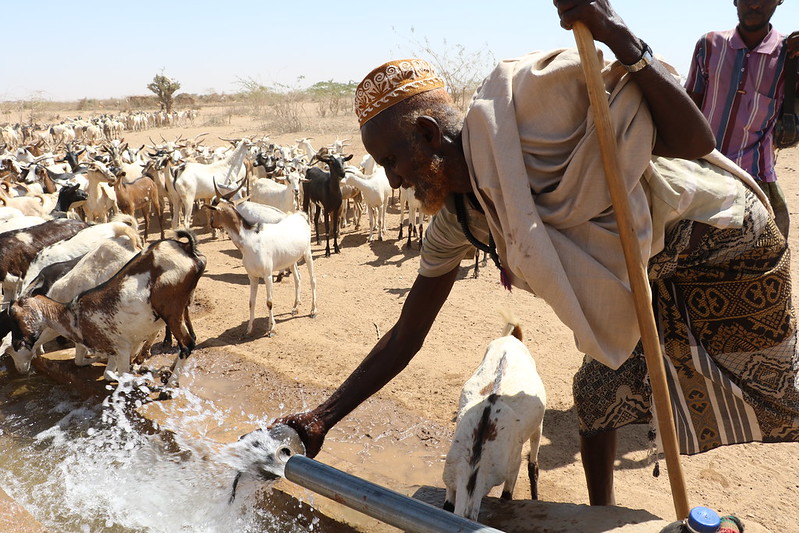Solution in Sight for Drought in the Horn of Africa
 The Horn of Africa, encompassing Kenya, Ethiopia, Djibouti, South Sudan and Uganda, has been experiencing the most severe drought in decades. This crisis has directly and indirectly impacted millions. The death toll in Somalia alone reached a staggering 43,000 in 2022. However, the accurate scale of the devastation caused by the drought in the Horn of Africa will only become clear once we have the total count of deaths from the other affected countries.
The Horn of Africa, encompassing Kenya, Ethiopia, Djibouti, South Sudan and Uganda, has been experiencing the most severe drought in decades. This crisis has directly and indirectly impacted millions. The death toll in Somalia alone reached a staggering 43,000 in 2022. However, the accurate scale of the devastation caused by the drought in the Horn of Africa will only become clear once we have the total count of deaths from the other affected countries.
Current Situation
In the past three years, the region has been grappling with a severe lack of precipitation, with some areas receiving minimal to no rainfall. This prolonged drought has had devastating consequences, particularly for the communities whose livelihoods depend on livestock and the rain. Approximately 10 million animals have perished due to drought, resulting in displacement for millions of herders who are forced to flee their homes for areas where water is available and seek humanitarian assistance.
The drought-related food insecurity has pushed them to the brink, where they face hunger, malnutrition, starvation and even death. Furthermore, the drought has increased transportation costs and food prices, exacerbating the situation and plunging more individuals into poverty. These dire conditions have also heightened the risk of conflicts in the region.
Good News
Recurrent droughts have led to collaborative efforts between governments and aid agencies to explore long-term sustainable solutions. These efforts have yielded promising results, with numerous studies revealing substantial regional underground water reserves. This finding offers hope in this crisis, as these reserves have the potential to sustain millions of people for an extended period, reducing their dependency on rainwater and mitigating the effects of drought and other such phenomena.
Project – Africa Groundwater Access Facility
Implementing a cross-border initiative presents challenges and opportunities of paramount significance to the region. Essential to this project is the necessitated exchange of knowledge and comprehensive research across participating nations. The primary objectives of this strategic plan are as follows:
- Active engagement of local communities to instill a sense of ownership and commitment to the project.
- Rigorous identification of already known drought hotspots for targeted intervention.
- Execute well drilling and establish deep underground bores near these identified hotspots for long-term water scarcity mitigation.
Other Solutions – Land Restoration
Certain countries, like Burkina Faso, are implementing nature-based solutions to challenges such as drought and flooding. These strategies involve tree planting, utilizing innovative agricultural practices and integrating agriculture, farming, fruit crops and livestock pastors within a single area. This holistic approach, which is cost-effective and sustainable, has the potential to not only help millions of people but also save billions of hectares of land in low-income countries in the years to come.
Final Remark
Approximately 1.84 billion people worldwide are impacted by drought, with 85% residing in low-income countries. According to estimates, drought will displace 700 million in the next decade and affect one in every four children. Therefore, the urgency of finding sustainable solutions to reduce the effects of drought cannot be overstated.
– Maria Waleed
Maria is based in Yokohama, Kanagawa, Japan and focuses on Good News and Global Health for The Borgen Project.
Photo: Flickr
